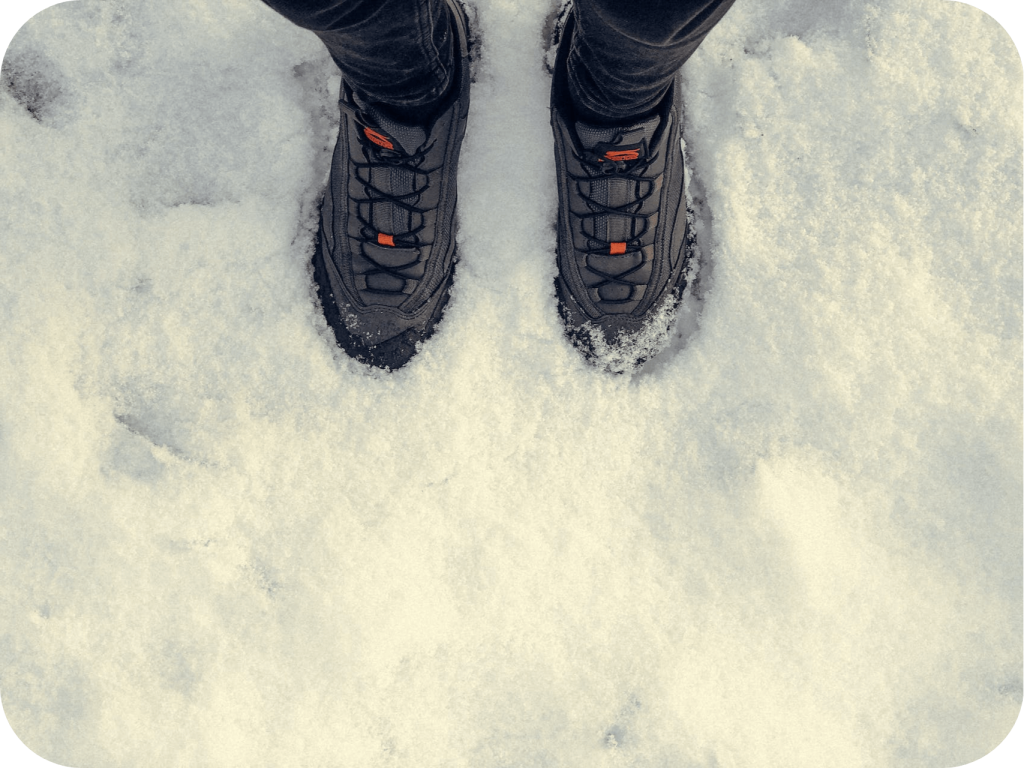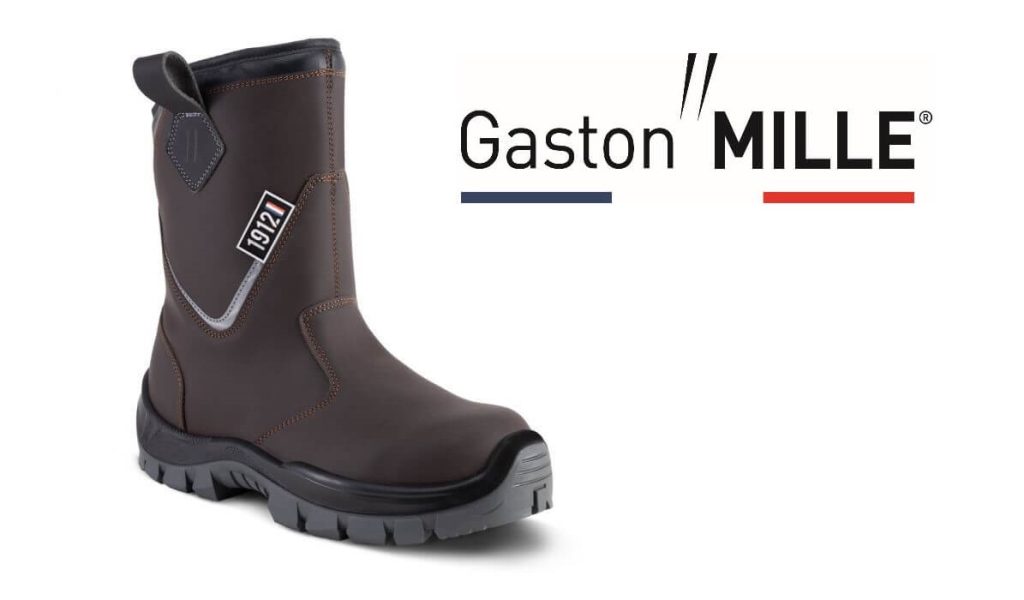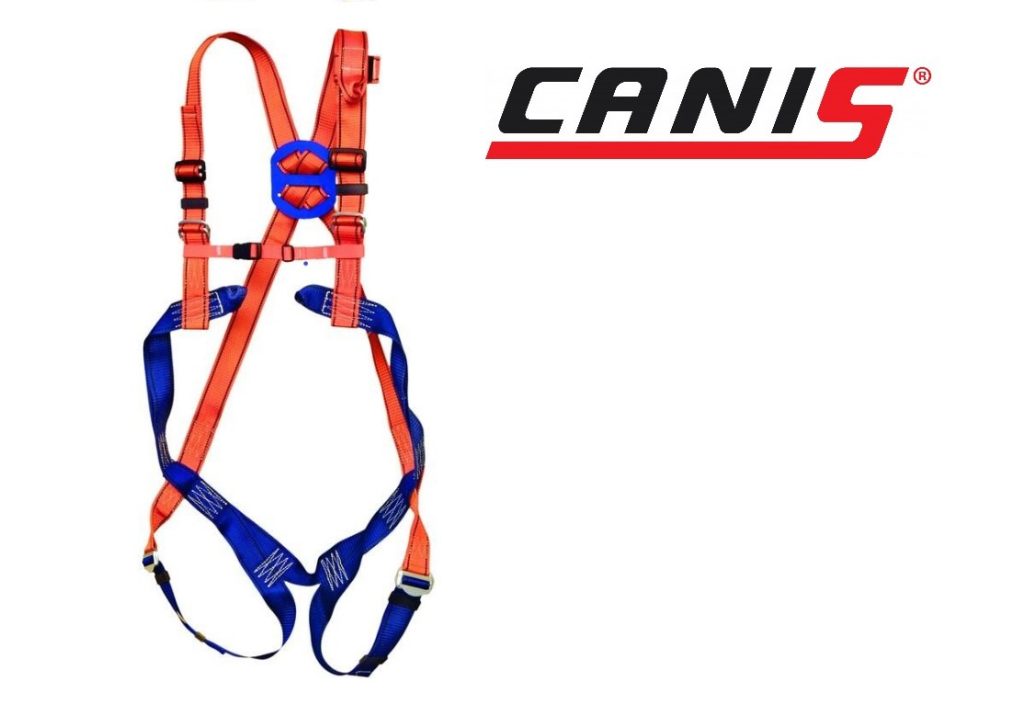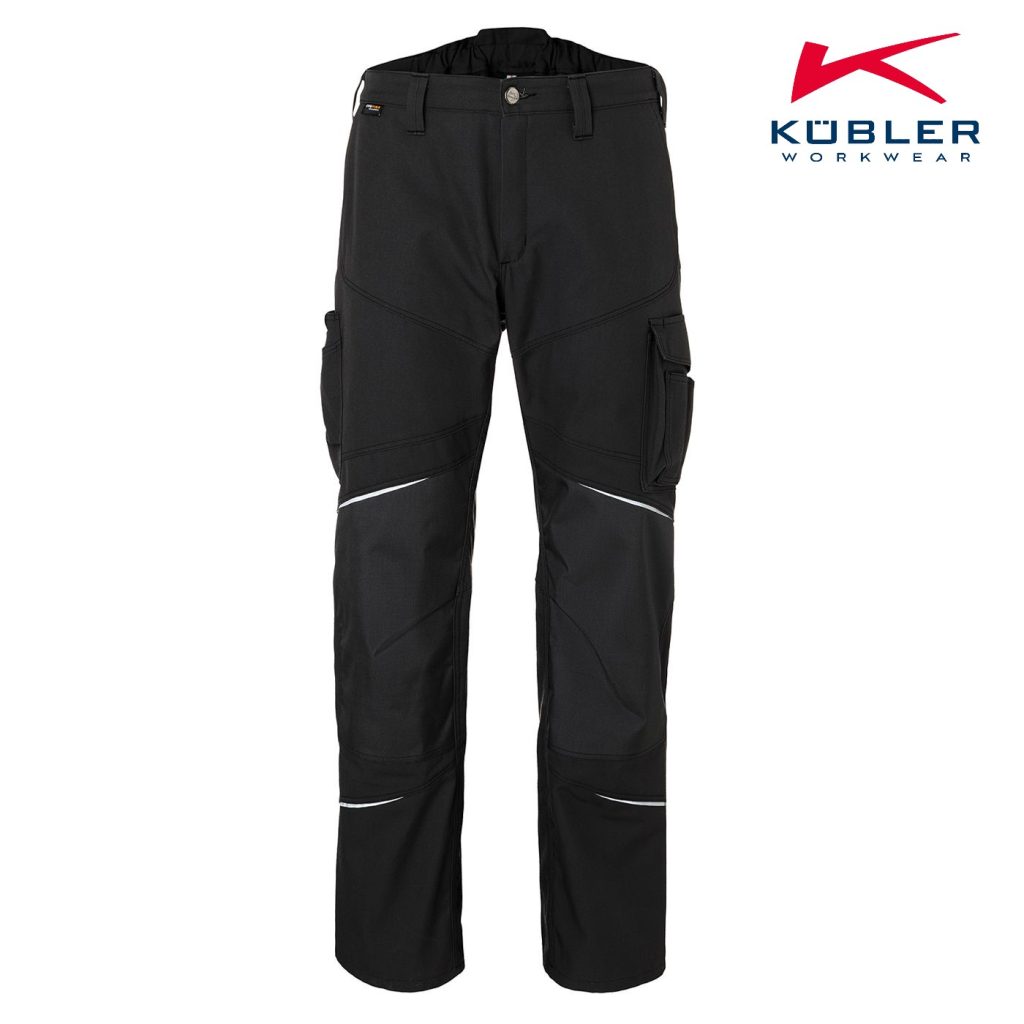Services
Products
Courses and training
Blog

The winter season does not only bring with it beautiful snowy scenery. In particular, it brings risks to workplaces that can jeopardise workers' safety. In fact, sub-zero temperatures, snow and ice on pavements can cause workplace accidents. According to the Occupational Injury Analysis from the National Labour Inspectorate, up to 2,322 occupational injuries were recorded in the winter of 2021/2022.
In order to ensure a safe working environment, special attention must be paid to the prevention of accidents at work. In this article, we will delve into the various aspects of workplace accidents that can occur during the winter season. We will provide you with useful hints and tips on how to prevent these potential hazards and ensure that work activities are carried out safely in winter. Leave behind worries about workplace accidents and prepare for a safe and comfortable working environment this winter season.
Slipping on icy surfaces is one of the most common winter work injuries. As a rule, all employees who move around outdoors are exposed to this risk. To minimize this risk, we provide you with some useful tips on how to effectively protect yourself from slipping on ice.
First and foremost, removing snow and ice from sidewalks and driveways is key. Regular removal of these obstacles will ensure a safer working environment. This step will help you minimize workplace injuries immediately.
After snow or ice, it is advisable to sprinkle surfaces with gritting material to provide better traction and minimise the risk of slipping.
However, the most important aspect is that employees working outdoors are assigned winter protective work boots. Choose footwear with non-slip soles that provide a reliable grip even on slippery surfaces. The cold-resistance of the sole or the adaptability of the sole for better grip when working on a ladder can also be a plus point of good quality winter work boots.

We want you to feel safe and confident, even when you're navigating challenging winter conditions. These simple measures can make a big difference in preventing workplace injuries. Remember, safety always comes first!
Working at height during the winter months brings its own challenges and increased risks. To help you minimise the potential hazards, here are some important precautions to consider when working at height during the cold season.
Temperatures below 10 °C, ice, humidity, snow and strong winds are among the unfavourable conditions for working at height. In these situations, employers should reassess the need to work at height and discontinue work at height if necessary.
Employers must mandate the use of protective equipment and safety harnesses, which are key to minimising the risk of falls. These aids should be properly adjusted and always in optimum condition.

Training employees in working at heights is an absolute must. Every worker who works at height must receive training, regardless of the time of year. In fact, knowledge of safe practices makes the difference between a safe workplace and the risk of workplace accidents.
In the event of a workplace accident at height, prompt and correct first aid is essential. There must always be another person present at the workplace who is able to provide immediate assistance and, if necessary, call the emergency services.
Properly administered first aid can mean the difference between life and death for an employee in serious cases. To maintain a safe working environment, it is therefore important that at least 10% of the total workforce completes a quality first aid course. This is because there must always be someone trained in the workplace. At JKBOZ we have expert first aid instructors with many years of experience.
Safety in the workplace is not just a rule, but a commitment to every employee. Make sure you are prepared for all the challenges that working at height can bring and maintain a safe working atmosphere.
With the onset of cold temperatures in winter, safety in the workplace is a key priority. Don't forget the importance of protective clothing and measures that can protect your employees from hypothermia and colds.
In temperatures below 10 °C, the employer must provide the employee with suitable protective work clothing and work boots that effectively protect against the cold. Proper clothing can minimise the risk of workers becoming hypothermic in uncomfortable conditions.

It is important that workers have the opportunity to warm up. Providing hot drinks and sufficient breaks in heated areas helps to maintain normal body temperature and reduces the risk of colds.
Employers should provide thermally insulated gloves that not only protect hands from the cold but also maintain their protective function against injury.
As a precaution against colds, workers should know how to dress properly to protect their bodies from the cold and wind. Thus, observing the rule about layering clothes will enable them to regulate their body temperature effectively.

Employers are obliged to provide workers with thermal insulating equipment that maintains body temperature within an optimum range of between 36 °C and 37 °C.
With this combination of protective measures, you can ensure that your employees are protected from extreme temperatures and can safely carry out their work tasks in the cold season. Protection from hypothermia and colds should be a top priority in every company.
In this article, we have shown that the winter season brings with it many risks to worker safety. However, implementing appropriate measures and prevention can help minimise these risks. Ensuring a safe working environment in winter requires a collective effort and knowledge. Joint cooperation between employers and workers is essential to minimise risks and ensure protection in challenging winter conditions.
Do you have further questions? We will be happy to help you.
© 2023 all rights reserved | JKBOZ s.r.o. | Privacy policy